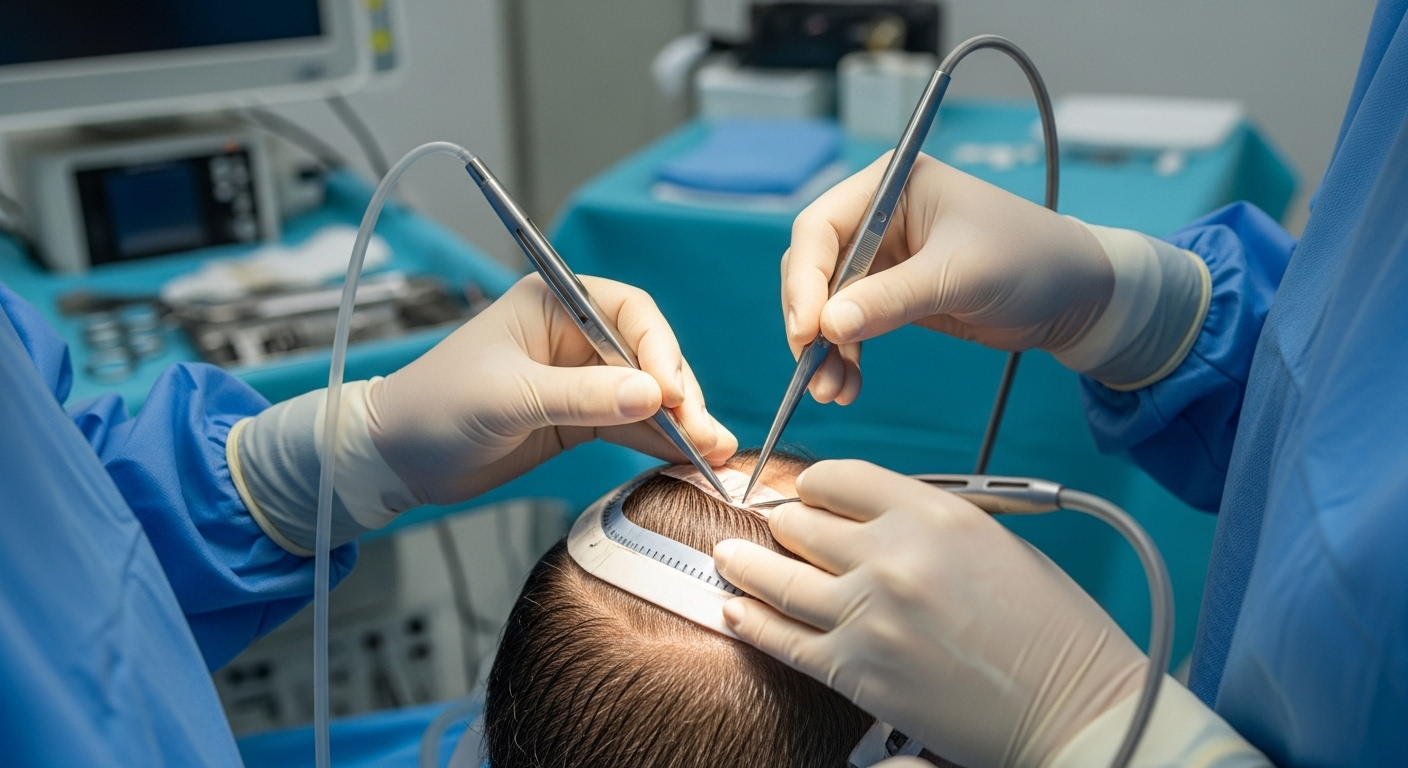Deeper into Eye Bags: Causes, Treatments, and Prevention
Eye bags are a common concern for many, especially as we age. They represent a natural part of the aging process where the skin around the eyes becomes loose and saggy, often accompanied by dark circles and puffiness. However, they can also be a result of lifestyle factors and even certain medical conditions. In this article, we delve into the causes of eye bags, current treatment options, and preventive measures that can be taken to minimize their appearance.

Understanding Eye Bags: An Age-Old Phenomenon
Eye bags are not a recent phenomenon. Historical records and artworks indicate that people have experienced and tried to combat them for centuries. During the Victorian era, women used lead-based cosmetics to brighten their eyes and hide dark circles, despite the damaging health effects. In ancient Egypt, people used a variety of natural ingredients like almond oil and honey to treat eye bags.
Today, eye bags continue to be a common concern due to the societal emphasis on youth and beauty. The global skincare industry has responded to this demand, creating a wide range of products and treatments to address this issue.
Causes of Eye Bags: Beyond Aging
While aging is a primary cause of eye bags, there are several other factors that can contribute to their development. Lack of sleep, high salt diet, excessive alcohol consumption, and smoking can all lead to water retention and puffiness around the eyes. Allergies and certain medical conditions, like thyroid disease and sinus infections, can also cause eye bags. In some cases, they can be hereditary, where the tendency to develop eye bags is passed down from parents to children.
The Evolution of Eye Bag Treatments
Over the years, treatments for eye bags have evolved significantly. In the past, invasive surgical procedures like blepharoplasty were the only options available. This procedure involves removing or repositioning excess fat and skin around the eyes to reduce bagginess.
However, with advancements in dermatology and cosmetic technology, there are now several non-invasive treatments available. These include laser resurfacing, chemical peels, and fillers. Laser resurfacing involves using a laser to smooth out the skin and stimulate collagen production. Chemical peels remove the top layer of skin to reveal younger, smoother skin underneath. Fillers, on the other hand, are injected into the skin to fill in hollow areas and reduce the appearance of bags.
The Impact of Lifestyle on Eye Bags
Lifestyle plays a significant role in the development of eye bags. A healthy lifestyle can significantly reduce their appearance. Regular exercise, a balanced diet, maintaining hydration, and getting sufficient sleep can all help in reducing eye bags. Reducing alcohol consumption and quitting smoking can also have a positive impact.
In addition to these, practicing good skincare habits can also help. This includes regularly cleansing the skin, using a good quality eye cream, and protecting the skin around the eyes from the sun’s harmful rays.
The Future of Eye Bag Treatments
The future of eye bag treatments looks promising, with research and development focusing on more effective and less invasive options. One of the most promising developments is the use of radio frequency technology for tightening the skin around the eyes. This non-invasive treatment uses radio waves to heat the skin, stimulating collagen production and reducing the appearance of eye bags.
Additionally, the rise of personalized skincare based on individual’s genetic makeup could potentially revolutionize the way we treat eye bags. This approach would allow skincare professionals to develop customized treatment plans based on an individual’s unique genetic predisposition to developing eye bags.
In conclusion, while eye bags are a common concern for many, understanding their causes and taking the necessary preventive measures can significantly minimize their appearance. Moreover, with the advancements in dermatology and cosmetic technology, there are now a variety of treatment options available, providing hope for those seeking to reduce or eliminate their eye bags.




